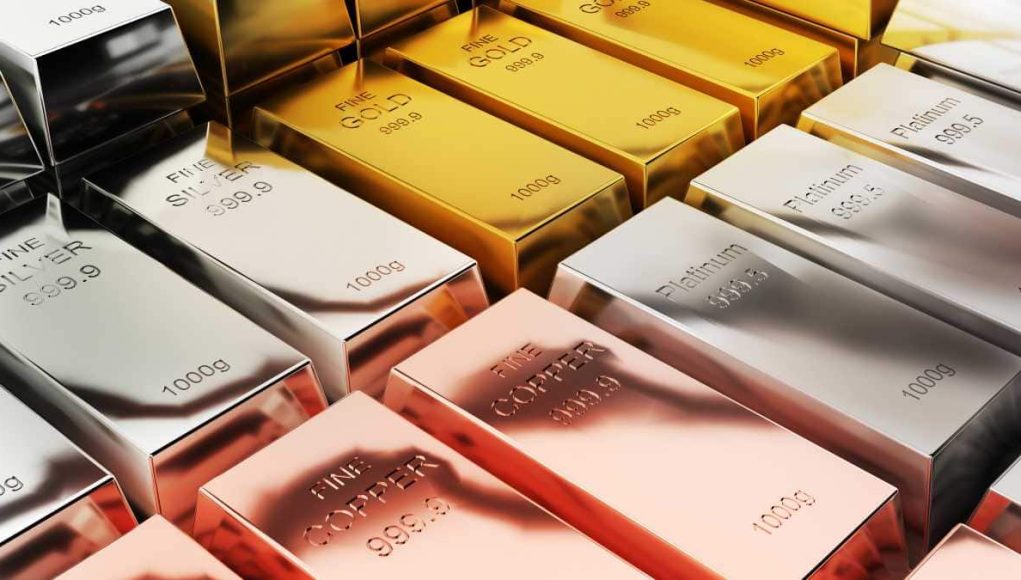Introduction
Investing in precious metals has long been a popular strategy for those looking to hedge against inflation and diversify their investment portfolios. While gold remains the most well-known choice, silver, platinum, and other rare metals are also gaining traction among investors. In this article, we’ll explore the role of these metals in a diversified portfolio, their advantages, risks, and future outlook.
Why Invest in Precious Metals?
1. Hedge Against Inflation
Precious metals, especially gold and silver, tend to retain their value even when currencies weaken due to inflation. Investors often turn to these metals during economic uncertainty to preserve their purchasing power.
2. Portfolio Diversification
Unlike stocks and bonds, precious metals have a low correlation with the stock market, meaning they can help balance a portfolio during periods of volatility.
3. Intrinsic Value
Unlike fiat currency, precious metals have intrinsic value due to their limited supply and industrial applications. This makes them a tangible and reliable investment.
4. Industrial Demand
Metals like silver, platinum, and palladium have extensive uses in electronics, automotive, and medical industries, increasing their demand beyond just investment purposes.
Top Precious Metals for Investment
1. Gold – The Safe-Haven Asset
- Pros: High liquidity, historical store of value, strong inflation hedge.
- Cons: Lower industrial demand compared to other metals.
2. Silver – Industrial & Investment Appeal
- Pros: Cheaper than gold, high industrial demand in electronics and solar panels.
- Cons: More volatile than gold, subject to supply fluctuations.
3. Platinum – Scarce and High-Demand Metal
- Pros: Used in automotive catalytic converters, limited supply increases value potential.
- Cons: Prices fluctuate with the automotive industry demand.
4. Palladium – The Rising Star
- Pros: Strong demand in the automotive industry, limited global supply.
- Cons: Price volatility, potential for industrial demand shifts.
5. Rhodium & Other Rare Metals
- Pros: Extremely rare, high-value industrial applications.
- Cons: Not widely available for retail investors, low liquidity.
Risks of Investing in Precious Metals
- Price Volatility: While metals like gold are stable, others like silver and platinum can see sharp price swings.
- Storage & Security Costs: Unlike stocks, physical metals require secure storage solutions.
- Market Speculation: Prices can be driven by speculation rather than intrinsic demand.
- Industrial Demand Variations: Some metals depend heavily on specific industries, making them more susceptible to market fluctuations.
How to Invest in Precious Metals
- Physical Metals – Buying gold, silver, or platinum bars and coins.
- Exchange-Traded Funds (ETFs) – Investing in ETFs that track the prices of metals.
- Mining Stocks – Investing in companies that extract precious metals.
- Futures & Options – Trading precious metal futures for short-term gains.
- Digital Gold & Silver – Platforms offering fractional ownership of physical metals.
Conclusion
Precious metals remain a vital component of a well-diversified investment portfolio, offering protection against economic uncertainties. While gold is the traditional choice, silver, platinum, and other metals provide unique opportunities and benefits. By carefully analyzing their risks and rewards, investors can strategically use precious metals to strengthen their portfolios and hedge against inflation.
With the growing demand for these metals in various industries, their importance as an investment asset is only set to rise. Whether you’re a long-term investor or a short-term trader, precious metals can serve as an essential financial safeguard in any market condition.
FAQs
1. Is silver a better investment than gold?
Silver offers higher growth potential due to its industrial use but is more volatile than gold.
2. What is the best way to store physical gold?
Gold should be stored in a secure vault or bank locker to protect against theft.
3. Should I invest in platinum or palladium?
Both metals have strong industrial demand. Platinum is used in jewelry and automotive, while palladium is heavily used in catalytic converters.
4. How much of my portfolio should be in precious metals?
A diversified portfolio typically has 5-10% allocation to precious metals for risk management.
5. Are ETFs a good way to invest in metals?
Yes, ETFs provide exposure to metals without the need for physical storage, making them a convenient investment option.



































